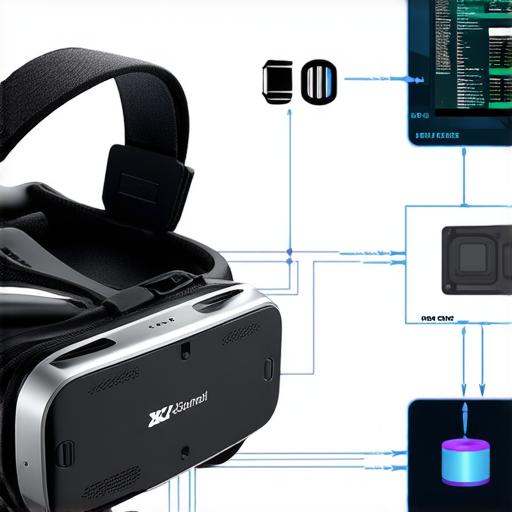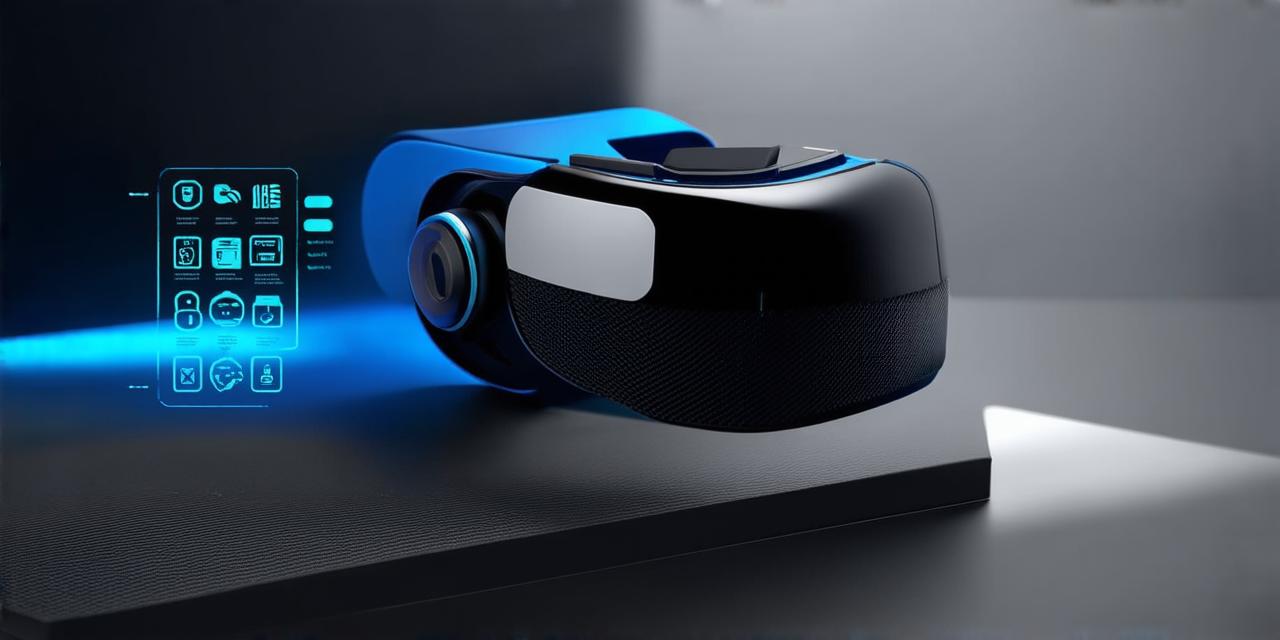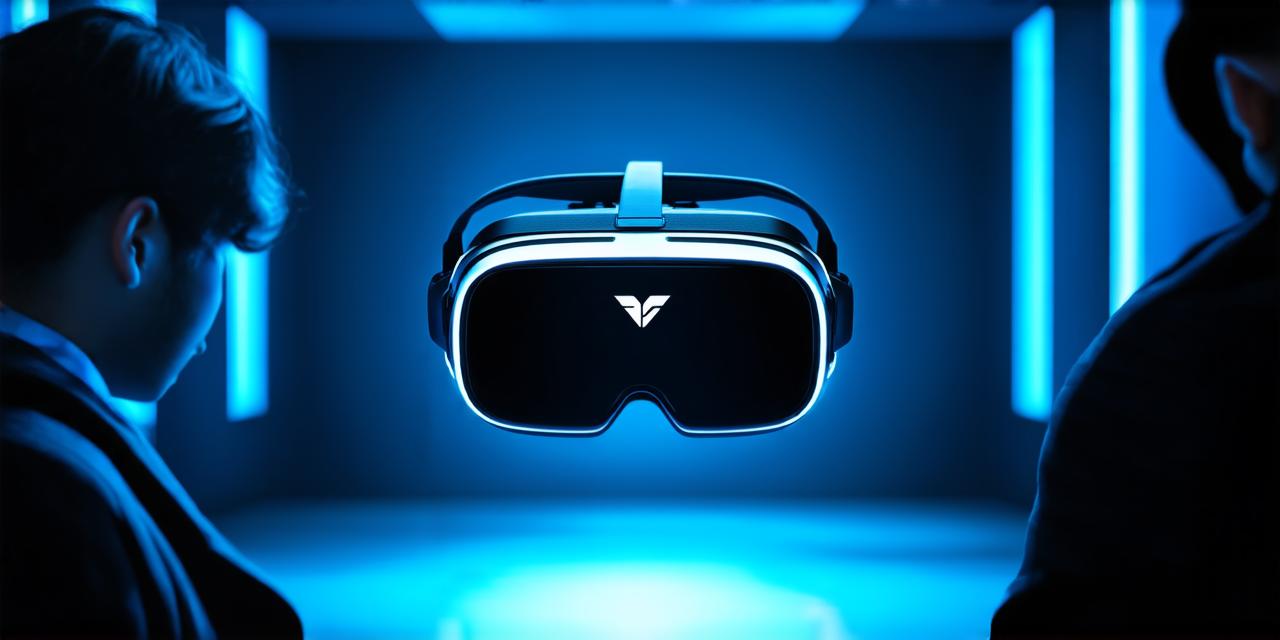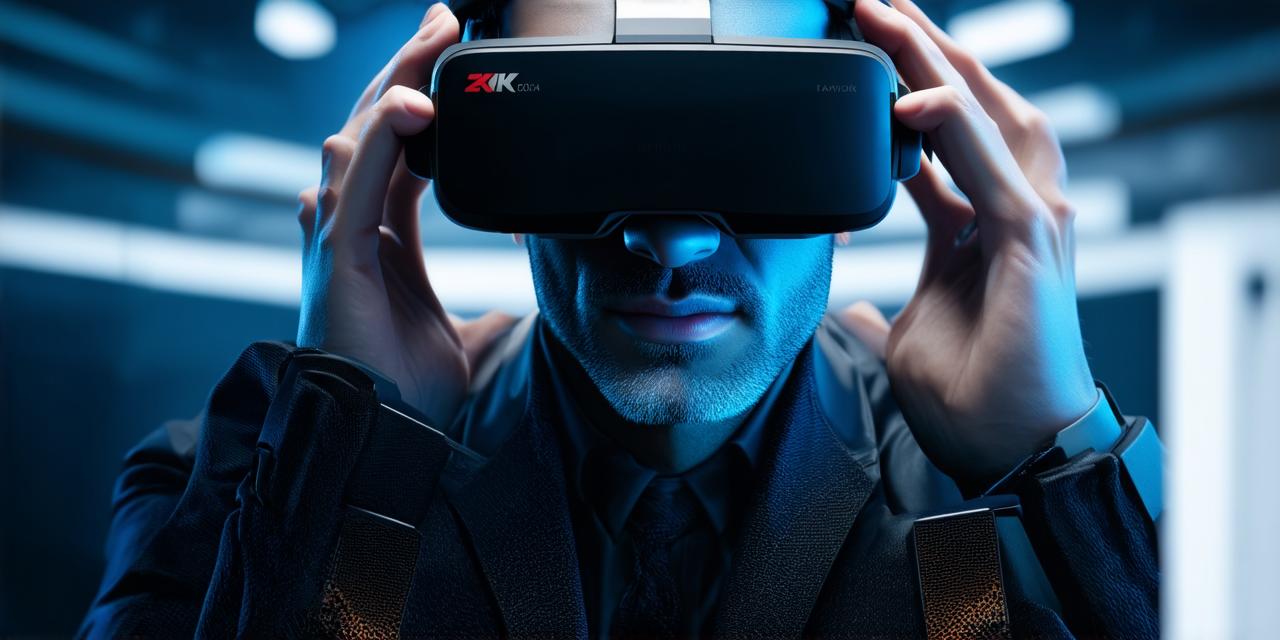A virtual reality headset is a device that allows users to experience immersive and interactive virtual environments. It works by combining computer-generated graphics with sensors to track the user’s movements and provide a realistic 3D experience.
Head-mounted display (HMD)
The core component of a VR headset is the head-mounted display (HMD). This is a wearable device that sits on top of the user’s head and displays two screens, one for each eye. The HMD can be adjusted to fit the user’s head comfortably and securely.
Sensors
The VR headset also includes sensors that track the user’s movements. These sensors include accelerometers, gyroscopes, and magnetometers. They work together to detect changes in the user’s position, orientation, and movement.
Eye-tracking technology
Some VR headsets include eye-tracking technology, which allows the system to track where the user is looking. This information can be used to adjust the virtual environment to match the user’s perspective, providing a more immersive experience.
Input devices
Users interact with the virtual environment using input devices such as hand controllers or gloves equipped with sensors. These devices allow users to make gestures and perform actions within the virtual world. Some VR headsets also support motion tracking for full-body movement, allowing users to walk around in the virtual environment.
Content creation and distribution
The virtual environment is created using computer graphics software, which allows developers to create 3D models, environments, and characters. The content is then distributed to the user through a VR platform or game engine, such as Unity or Unreal Engine.
Processing power
A VR headset requires a powerful computer or gaming console to render the virtual environment in real-time. The processing power required can vary depending on the complexity of the graphics and the number of users in the virtual environment.

Final thoughts
In conclusion, a virtual reality headset functions by combining the HMD with sensors, eye-tracking technology, input devices, content creation and distribution, and processing power. When all these components work together, they create an immersive and interactive experience that allows users to explore new worlds and interact with them in unique ways.



